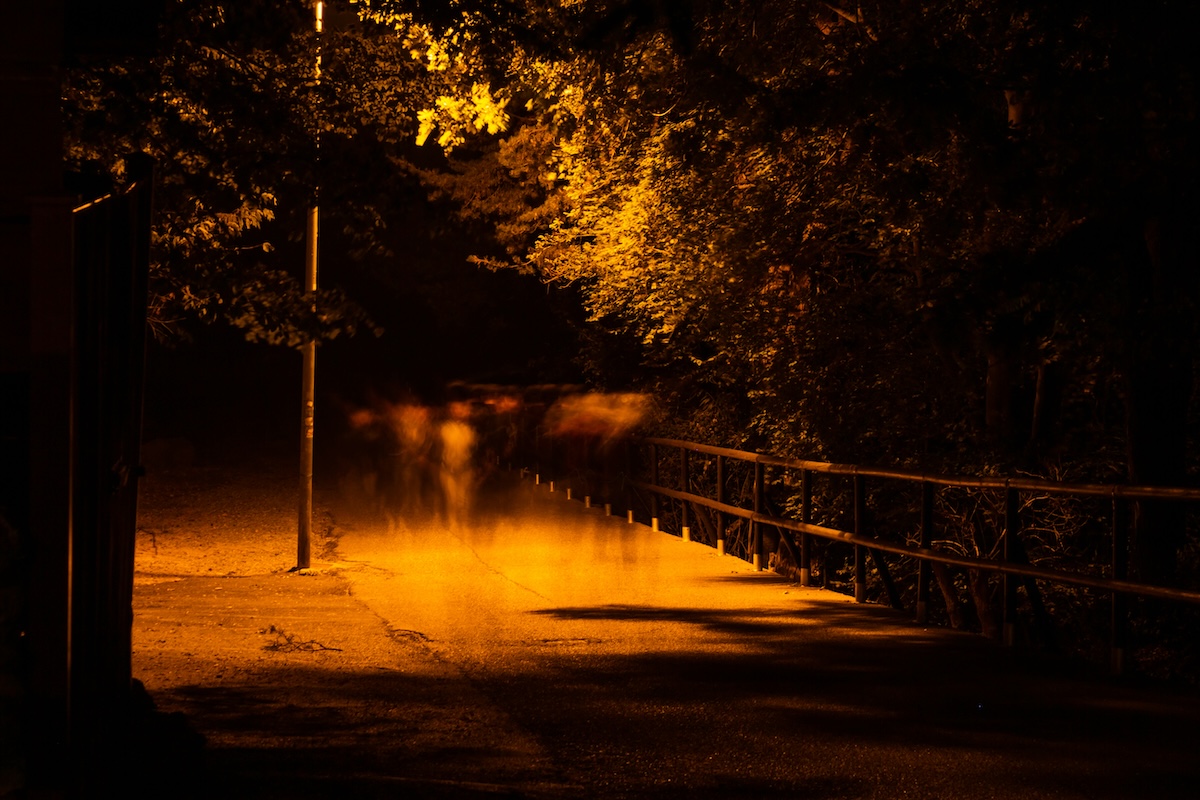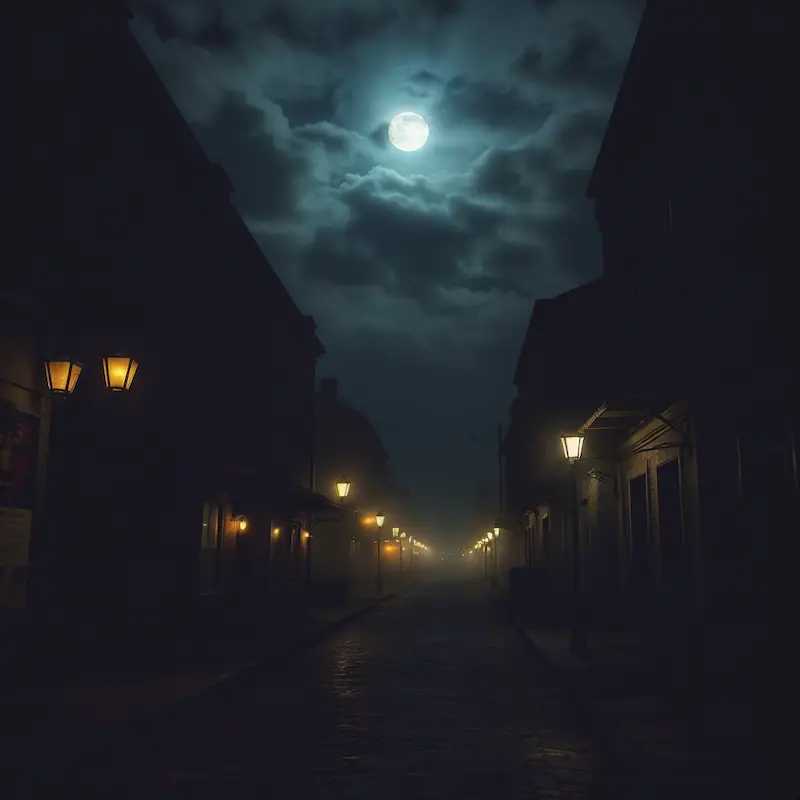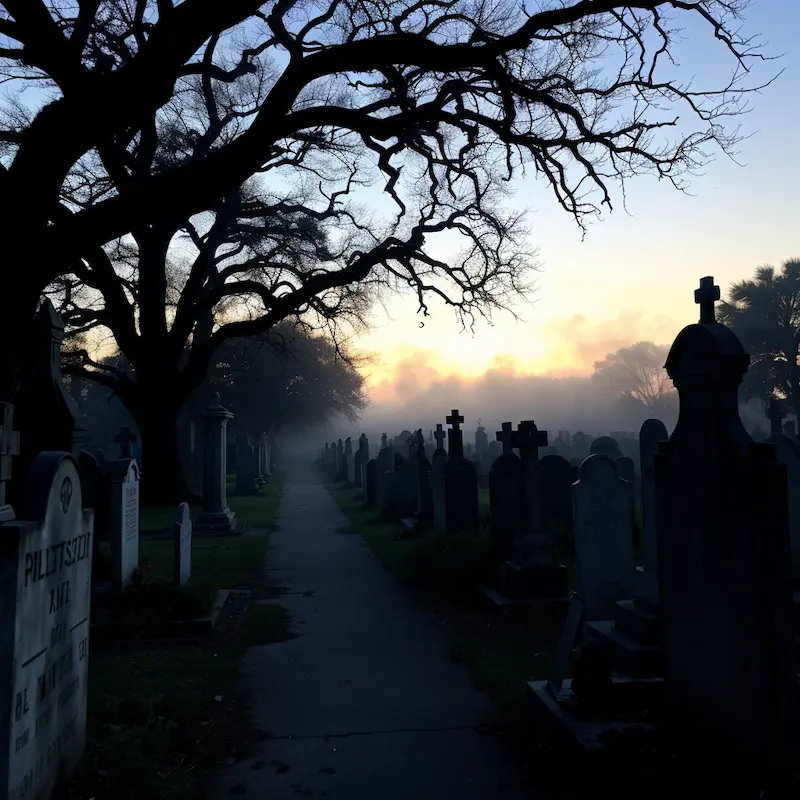Unveiling Spine-Chilling Tales

Texas, a state steeped in history, is also a land rife with tales of the supernatural. Over generations, certain locations within its borders have garnered reputations as being particularly haunted, often tied to a storied past of battles, hardship, and the wildness of the frontier. These spectral hotspots provide a unique window into the state’s turbulent history, as many of the reported hauntings are interwoven with real historical events and figures.
One of the most captivating aspects of Texas’ haunted locations is how they reflect the diverse range of the state’s history. From the Alamo in San Antonio, the site of a pivotal moment in the Texas Revolution, to the numerous historic hotels and houses that dot the landscape, each location carries its own story. Reports of ghostly encounters give these tales an eerie resonance, blending folklore with the tangible remnants of the past.
The allure of these haunted venues is not simply in the chill they send down one’s spine, but in their ability to bridge the gap between present and past. As such places continue to fascinate visitors and locals alike, they serve not only as sites of supernatural interest but also as important markers of Texas’ rich and complex heritage.
Early Legends and Folklore
Texas’ haunted history is deeply rooted in its early legends and folklore, which provide context to the paranormal activity reported throughout the state.
Indigenous Tales
Indigenous groups have lived in Texas for thousands of years before European settlers arrived. The tribes, including the Caddo, Comanche, Apache, and Karankawa, had a rich oral tradition. Many of their tales entail spirits and supernatural entities inhabiting the land. The Caddo spoke of protective spirits that roamed the sacred mounds of their homelands. In contrast, the Comanche recounted stories of shapeshifters and specters that prowled the prairies.
- The Karankawa, coastal dwellers, believed in ghostly figures that appeared along the shorelines, possibly warning of dangers or disasters.
- The Apache passed down narratives of ancestral spirits residing in what is now known as the Big Bend area, believed to guide and protect their people.
These stories are integral to the understanding of modern hauntings, as the locations in these tales often correlate with current haunted venues.
Famous Haunted Locations
Texas has a rich history marked by battles, triumphs, and tragedies, leaving an indelible imprint on numerous historic locations. Often steeped in lore, these sites have gained reputations for paranormal activity, attracting those intrigued by the possibility of encountering the supernatural.
The Alamo
The Alamo, remembered for the pivotal 1836 battle during the Texas Revolution, is now a landmark where visitors report sightings of spirits in period attire and unexplained phenomena. Notable Apparitions: It’s said that the ghost of James Bowie, who perished in the conflict, is sometimes seen.
San José Mission
San José Mission, part of San Antonio’s Mission Trail, is recognized for its beautiful architecture and resident spirits. Mysterious Sounds: Visitors frequently describe hearing voices or music, though the source remains unseen.
The Menger Hotel
Since opening in 1859, The Menger Hotel has hosted guests and, as some believe, permanent spectral residents. Famous Ghosts: The spirit of Teddy Roosevelt is rumored to dwell in the bar area, with tales of encounters adding to the hotel’s mystique.
Paranormal Investigations
Paranormal investigations in Texas’ haunted locations involve organized efforts by specialized groups and application of scientific methods to explore reported hauntings.
Ghost Hunting Groups
Texas is home to numerous ghost hunting groups that actively investigate purportedly haunted sites. These teams often consist of volunteers with a strong interest in the paranormal, employing a range of tools such as EMF meters, infrared cameras, and digital voice recorders to detect and document potential supernatural activity. A notable group includes:
- Texas Ghost Society: Based in the heart of Texas, they are renowned for their meticulous investigations of historical sites.
Scientific Approach
While ghost hunting groups lean on technology, some investigators employ a scientific approach to validate paranormal claims. This involves hypothesis testing, controlled experiments, and critical analysis of evidence gathered during investigations. Specific methodologies include:
- Environmental Baseline Readings: Documenting base levels of environmental factors like temperature and electromagnetic fields.
- Controlled Experiments: Conducting experiments under controlled conditions to rule out natural explanations for paranormal occurrences.



